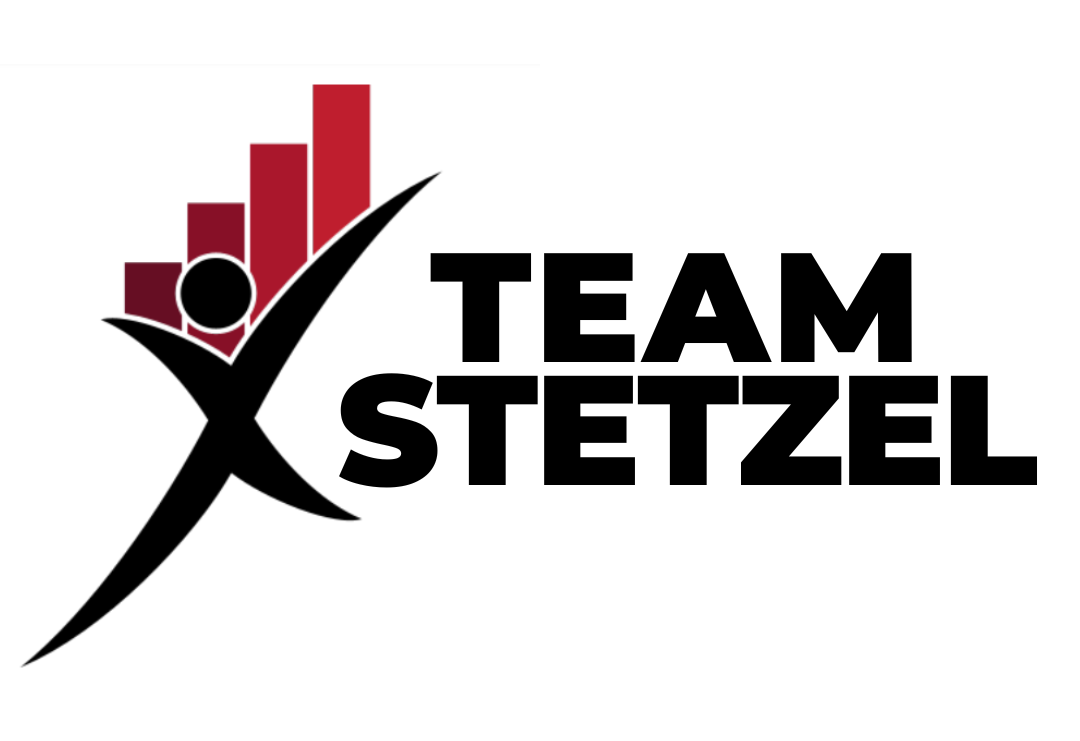Many companies balk at the idea of spending money on training, especially when it applies to their sales team. Employed to bring in revenue rather than cause it to flow out, sales people are often expected to be ready-made to deliver new business without making any investment in them at all. The Association for Talent Development (ATD) recently delivered its 2019 research report on the State of Sales Training, which shows that training is a vital part of any organization’s success.
Learn More of the Impact of Sales Training
According to the study, 42 percent of organizations say that sales training helps them meet their sales goals to a high extent. Another 42 percent say the training helps them meet sales goals to a moderate extent. That’s a total of 84 percent of respondents who believe sales training is showing benefits for their organizations.
When Companies Skip Sales Training
Poorly trained sales people can cost a company far more than they bring in, mainly as a result of lost opportunities.
The time that management spends putting out “fires” caused by unqualified sales and the administrative cost of managing ineffective team members are just the tip of the iceberg.
Then there’s the cost of frequent staff turnover and replacement (both sales and operational, caused by unproductive deals), the loss of customers, competitive advantage, and overall market share.
Choosing the Best Option
Put simply, companies can’t afford to have sales staff who don’t achieve their targets, so they either have to train and upskill them to do so, or they have to pay premium rates to attract top sales talent. The challenge of doing the latter is that top talent rarely remains loyal and stays in one place for very long, so within a couple of (admittedly good) years, the company could be back to square one.
Doesn’t it make sense to develop a qualified, highly-skilled sales team that will deliver a return on investment for years to come?
Sales Training Methods
Sales training is delivered in multiple styles and techniques. According to the report, the method used most frequently is instructor-led, live-classroom training. This appears to work the best across all sales models, although organizations that mostly have inside sales teams use a blended learning approach effectively.
Other methods included shadowing and observing peers (41 percent) and formal mentoring or coaching by experts (37 percent).
It’s worth mentioning that sales management training was considered to be equally important. This is due to companies frequently moving successful salespeople into senior positions, only to find that they aren’t great managers.
Developing an effective sales team means ensuring that sales managers are also adequately trained managing people and processes.
Remote, channel, and partner-sales organizations in the study mostly chose self-paced online learning tools over live classroom training; this is driven partly by logistical and location constraints. Some companies use social situations for training where new team members interview experienced salespeople.
Cost of Sales Training
So, what does it cost? On average, the companies in the study spend $2,326 per salesperson on training each year while businesses with small sales forces spend an average of about $1,500 per year. This was typically split into the categories of knowledge, tools, strategy, and skills, with knowledge coming in at 34 percent as the most popular and most frequent type of sales training presented.
Several factors affect the cost of sales training, including whether they are public or private programs. Publicly available programs often range from one to three days and cost between $1,000 and $5,000 per participant.
Lower cost programs are designed to draw large audiences that can be upsold on other offerings. For very small businesses, these are often the cheapest methods of obtaining some training for your team, but they are best used for basic training.
Private sales coaching programs cost more, coming in at between $5,000 and $25,000 a day, ranging from around $1,500 to $2,500 per sales person depending on the program. Their focus on working with a smaller group maximizes training impact and you get the benefit of a program customized for your particular industry-specific challenges.
These programs are ideal for taking salespeople to the next level, as well as for sales managers and key support staff.
Barriers to Sales Training
In spite of all the evidence in favor, company HR and sales training proponents face a number of barriers to making it happen. One is resistance from management, which is usually the result of a disconnect between the person arranging the training and the person paying for it.
Sales training is usually arranged by HR and paid for by senior management. The research shows the main reasons for resisting training are:
-
- Salespeople not held accountable to apply the skills learned during training – 59 percent
- An inability to connect the training to future sales performance – 36 percent
- Scheduling conflicts and time restraints – 31 percent
- Not viewed as important by sales people – 27 percent
- Not viewed as important by business leaders – 22 percent
To overcome these barriers, it’s important that the parties paying for the sales training see the value in it. Usually, HR measures value by results they can visibly see, while business leaders measure it by the impact on company performance.
The Secret to Getting it Right
For sales training to pay off, it needs to change the sales team’s behavior enough to impact company results over the long term – not just for a few weeks after the training occurs.
The major differentiator between effective and ineffectual sales training appears to be how long it takes before everyone goes back to doing it the same old way. This shows the importance – and value – of making a commitment to ongoing training, a point which was highlighted in the study by the higher retention and stronger achievements that followed regular quarterly training.
Perhaps the secret to getting it right is to monitor sales metrics and key performance indicators using tools like dashboards, so you can identify slipping performance while there’s still time for intervention.
The Take-Away
Providing sales training is not a luxury, but a necessity for companies that want to generate new business. In fact, it’s an investment a business can’t really afford not to make, as long as you choose effective training methods that have the best chance of success.
We have trained thousands of sales professionals and managers with our individually tailored sales training program. Our approach is highly customized for your team and includes a formal, well established follow-on weekly program that burns in what was taught in training. Reviewing results and discussing how learning was applied in real sales situations helps your sales professionals learn with the guidance of our sales coaching professionals.
Contact Team Stetzel to set up your group coaching or sales training session with us today.



